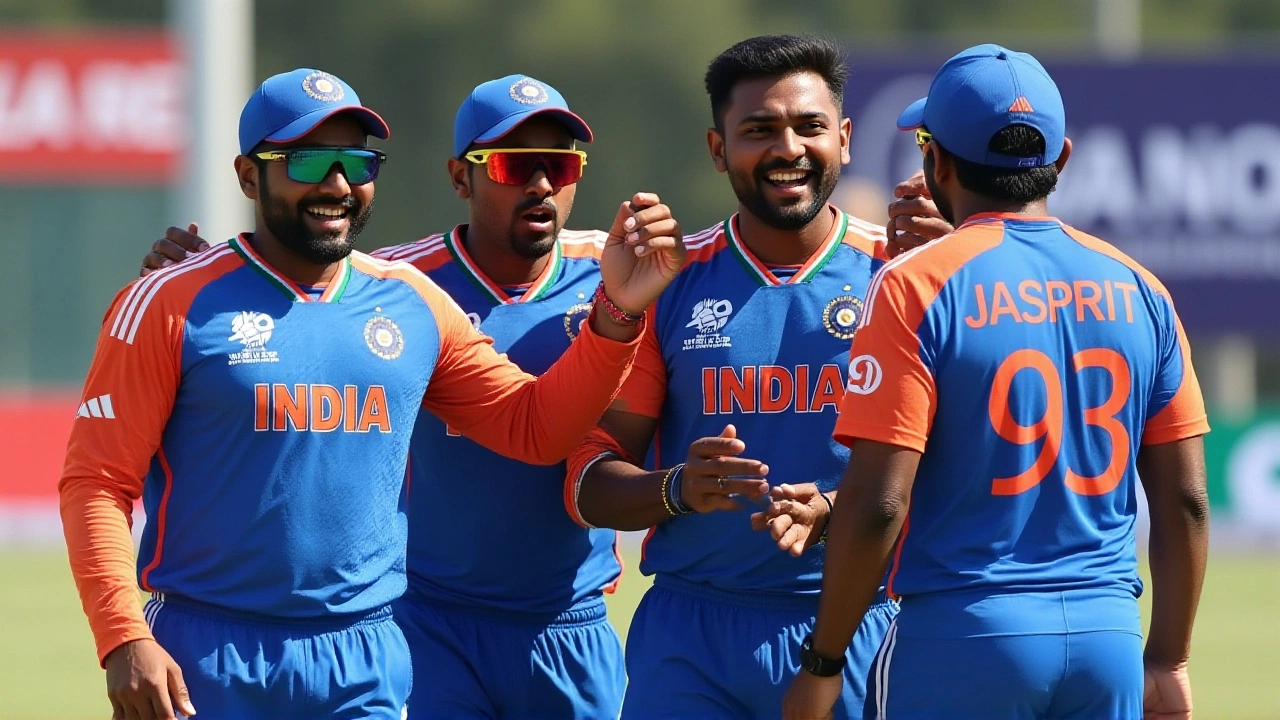Women's Cricket World Cup: Complete Guide and Latest Insights
When talking about Women's Cricket World Cup, the premier international tournament that pits the best women's cricket teams against each other every four years. Also known as WCWC, it brings together skill, strategy, and stamina on a global stage. The event is organized by the International Cricket Council (ICC), the sport’s governing body that sets rules, schedules, and qualification pathways and follows a tournament format, usually a round‑robin phase followed by knockout matches that decide the champion. Each participating women's cricket team, representing its nation with a blend of batting, bowling, and fielding talent must balance high‑performance training with health management – a point echoed across sports science articles that highlight the importance of nutrition, injury prevention, and mental well‑being for athletes. This mix of competition structure, governing oversight, and athlete health creates a dynamic environment where records are broken and legends are born.
Key Aspects of the Women's Cricket World Cup
The World Cup’s format determines how teams advance: a group stage ensures each side plays several matches, allowing emerging players to gain experience and fans to enjoy varied contests. After the group phase, the top two teams from each group move to the semi‑finals, where tactical acumen and pressure handling become critical. The final, often hosted in a cricket‑loving nation, showcases the sport’s growing fan base and media coverage, driving greater investment in women's cricket pathways. Player performance data, like strike rates and economy figures, are tracked in real time, providing coaches with actionable insights to tweak line‑ups and strategies. Moreover, the tournament fuels discussions about gender equity in sport; broadcasters now allocate prime‑time slots, sponsors roll out campaigns targeting female audiences, and national boards expand grassroots programs to feed the next generation of talent.
Beyond the on‑field drama, the Women's Cricket World Cup influences broader health narratives. Articles on professional athletes stress that rigorous schedules demand personalized fitness plans, mental‑health support, and recovery protocols. Players often collaborate with sports physicians to monitor load, prevent injuries, and stay match‑fit—practices that mirror the health‑care tips found in our other posts about balanced diets, stress management, and regular check‑ups. For fans, understanding the physical demands of the game adds depth to the viewing experience; you’ll appreciate why a fast bowler’s run‑up looks like a carefully calibrated workout and why a batter’s footwork is a mix of agility drills and strength training. This connection between sport and health underscores why the Women's Cricket World Cup isn’t just a series of matches; it’s a showcase of peak human performance, resilience, and the growing professionalism of women’s cricket.
In the collection below, you’ll find articles that dive into standout performances, tactical breakdowns, and the latest health‑focused advice for athletes and enthusiasts alike. Whether you’re looking for match analyses, player interviews, or tips on staying fit while cheering on your favorite team, the posts ahead cover a wide spectrum of content that brings the excitement of the Women's Cricket World Cup to life.

India Women Face Australia, England & NZ in Oct 2025 World Cup
The 2025 Women's Cricket World Cup runs from Sept. 30 to Nov. 2 across India and Sri Lanka, with India women facing Australia, England and New Zealand in October. Top matches, key players and tournament impact outlined.
View More